LaBelle Theatre and South Charleston Convention & Visitors Bureau
Introduction
Text-to-speech Audio
Images
LaBelle Theatre
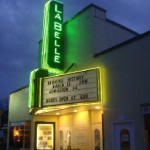
The auditorium as viewed from the stage.The original auditorium seated 400-500 moviegoers.
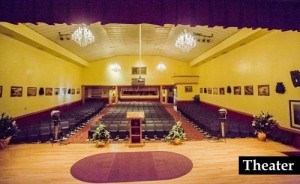
Restored lobby of the Labelle Theatre, facing the entrance to the auditorium. The concessions stand is at right.
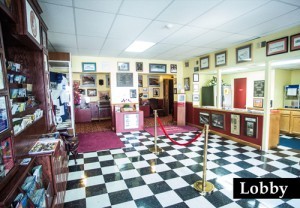
LaBelle Theatre
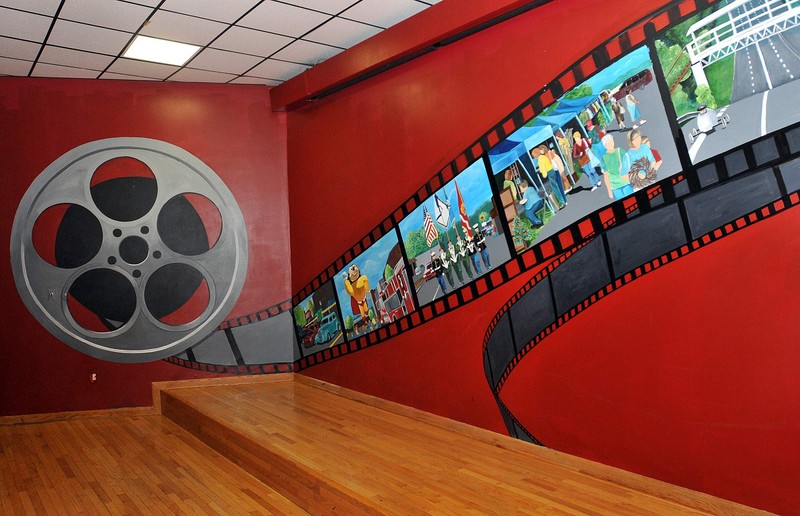
The lobby contains numerous historic photographs, as well as tourist information.
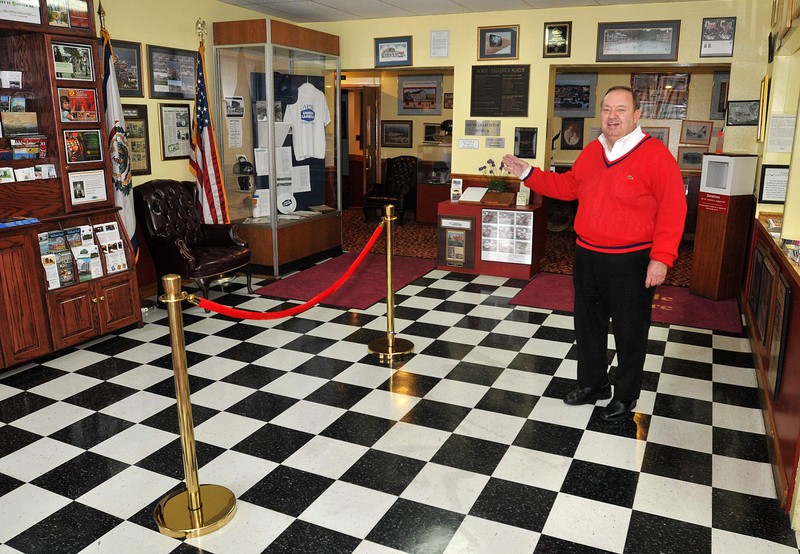
A couple purchases tickets at the LaBelle Theatre box office in 1964. Despite spending several decades as a church before being purchased by the city, the original box office remains.
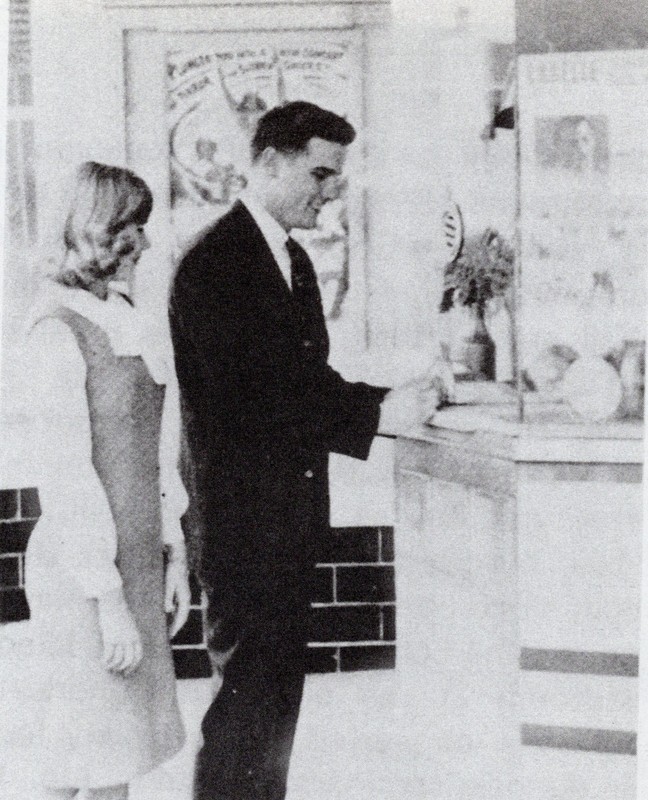
Urling's second theater, the Victory (named for its construction during WW2), awaits demolition to make way for a Haddad clothing store in 1969. The LaBelle is the oldest surviving theater in South Charleston.
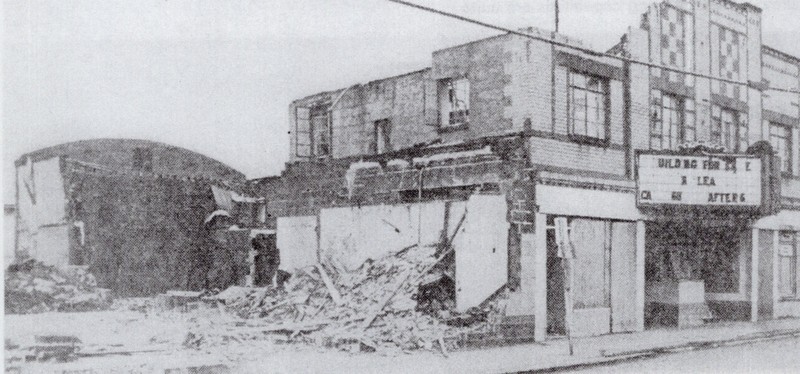
Poster for "One Foot In Heaven" -- the first film to play at the LaBelle Theater after it opened.
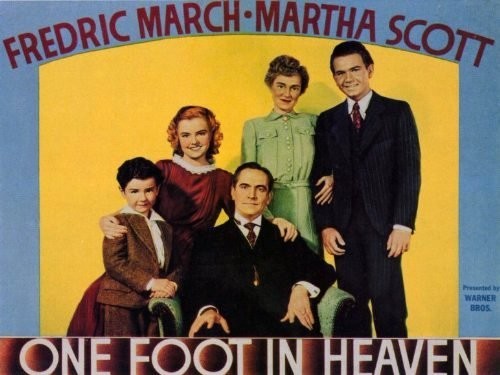
Copy of a WW2-era ticket to a showing at the LaBelle, including a 2-cent "War Tax."
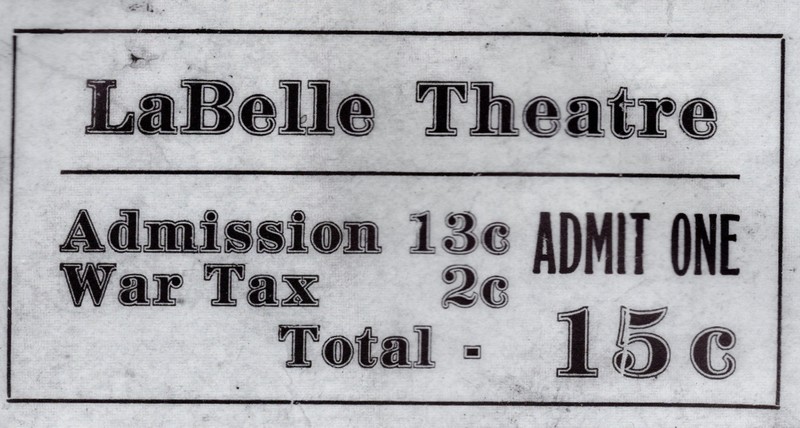
An excerpt from the South Charleston Free Press newspaper on Wednesday, Oct 22, 1947. Showtimes for Urling's two theaters, the LaBelle and Victory, are at upper left.
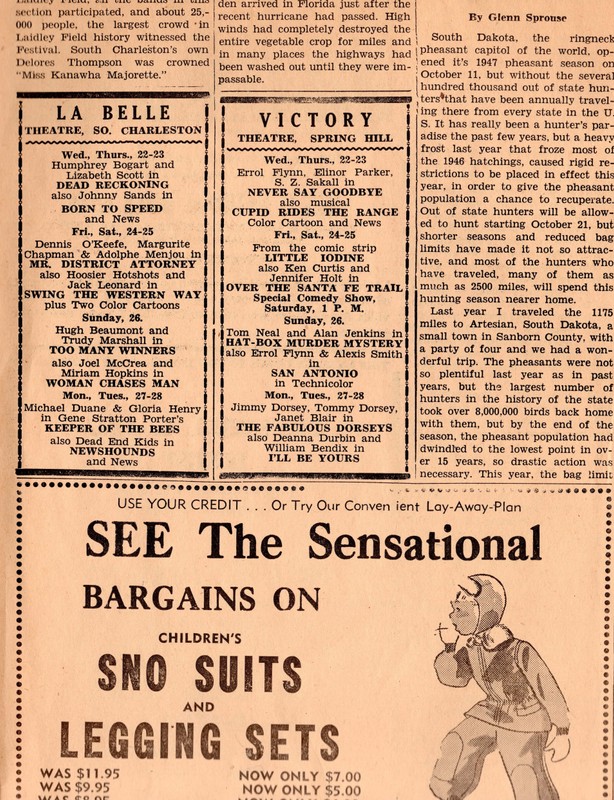
Films that featured wartime themes were common at the LaBelle during World War 2, such as 1942's "Berlin Correspondent," which played during December of that year.
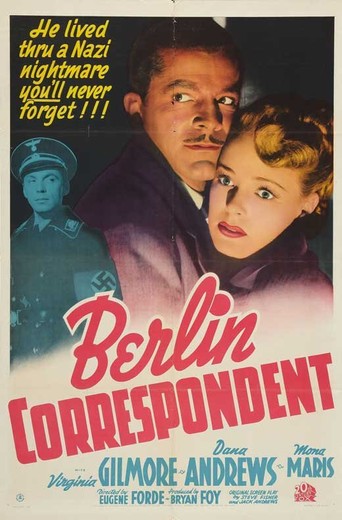
Not all wartime cinema was dour, however. "A Yank At Eaton," starring Mickey Rooney, opened at the LaBelle in March 1943.
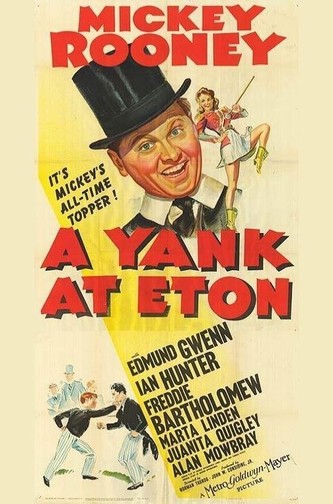
Backstory and Context
Text-to-speech Audio
The LaBelle Theatre was built by Walter B. Urling, a South Charleston transplant and veteran. theater operator. Born in Pennsylvania, Urling operated movie theaters in Ohio and northern West Virginia before moving south to Charleston. Before opening the LaBelle, he was involved with the Mound/Martin Theater on 7th Street in South Charleston.
In October 1939 he purchased a parcel on D Street with the intention of constructing a theater of his own. Though 7th Street was then South Charleston's main thoroughfare, Urling anticipated that D Street's greater width would prove advantageous for customer parking. The investment proved sound, as Urling was able to construct a second theater in 1941-42 (optimistically named the Victory Theater in hopes that the United States would emerge victorious from World War 2, which it had just entered when the theater began construction).
The LaBelle, named after Urling's mother and daughter, both Isabelles, carried the name until Urling's death in 1965, when it was renamed the Cinema South and operated by the Urling and Dill families. The first movie shown at the theater was One Foot in Heaven. The Graduate had the longest run. Gone With the Wind had the largest attendance: attendees lined up around the block for tickets.
Sold in 1979, besides a brief reincarnation as a neighborhood theater from 1982-1990, the Labelle was occupied by a succession of churches who used the building as a meeting place until 2002, at which time the the City of South Charleston bought the theater from the Lighthouse Worship Center for $85,000. The building now houses the South Charleston Convention and Visitors Bureau, and is a much-beloved venue for high-profile events in the city.
Sources
2. Smith, Charlotte Ferrell.“LaBelle Theater gets its encore.” Charleston Gazette Mail. 27 Feb. 2013. Web. http://www.wvgazettemail.com/Entertainment/201302260209
3. The History of South Charleston. Edition 2008. Charleston, WV. The Printing Press Ltd., 2008. pp. 298-99
